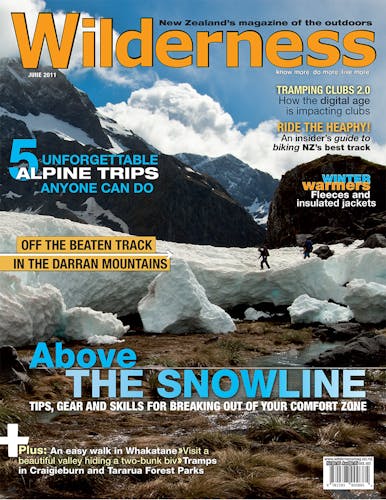From animal skins to blankets, down and synthetic fills, the evolution of the sleeping bag has been thousands of years in the making
Sleeping bags are a relatively recent technology. For millennia people relied on the skins of animals to keep warm at night.
Jump forward to the 19th century. For the previous millennia we’d been perfecting advances in making textiles and that’s where we had stayed as far as keeping warm in the evenings. We’d wrap ourselves in blankets, as did mountaineers and hikers. In 1861 Francis Tuckett, vice-president of the English Alpine Society, used a textile with applied rubber waterproofing compound and effectively started a range of modifications that lead all the way to our contemporary sleeping bag.
In 1876, the Welshman Pryce Jones patented a sewn blanket sleeping bag with an in-sewn airtight pillow. He’d contracted to deliver 60,000 to the Russian Army but due to their efficiencies at battle against the Turks at Plevna, his contract was terminated early and he was left with 17,000 bags. He advertised that he planned to take out the pillow, the space remaining could be stuffed with feathers, wool, cotton or straw and they would then make a great bed and blanket combination ‘for the poor’. He was prepared to take a bath on the price, selling them for less than the cost of production; no doubt he’d made a killing commercially.
The idea of an insulating sleeping bag came about with the demands of exploration and mountaineering. The natural insulating properties of camel hair, a hollow fibre, were utilised in woven blankets in the late 19th century. Ajungilak, a Norwegian company, is reported as the first commercial producers of sleeping bags with an insulating filling about 1890. Fillings of bags were typically plant material such as kapok, also used as mattress filling. Soon down- or feather-filled bags appeared, the first recorded use being in 1892 by Albert Mummery who died on the 8126m Nanga Parbat in 1895.
From the early 20th century until now bag development has taken two courses: specialist design driven by the needs of high demand users, and paralleling that lesser quality, cheaper bags made to suit trampers and campers. In the 1930s the Egyptian sarcophagus-shaped ‘mummy’ bag was developed; in 1933 the French alpinist Pierre Allain introduced the pied d’elephant (the elephant foot) a short sleeping bag that joined to a down jacket, both of which were covered by a waterproofed silk outer bag – the cagoule – which later became shortened to become the lightweight climber’s rain parka.
Synthetic fibres developed in 1937 were used to fill bags from the 1960s, the idea being that they replicated the natural fillings but had benefits such as not migrating through the covering fabric, nor absorbing moisture thus retaining greater insulating properties in wet conditions, as well as being cheaper. The argument for down, however, is that its warmth to weight ratio is unequalled by synthetic fibres. One of the greatest marriages was that of natural and synthetic: down filling and polymer sheathes. One of those outer shell fabrics is Pertex; Gore-Tex is another.
Pertex, developed in the 1970s by Perseverance Mills, USA, is a tightly woven ultra-fine polymer yarn that replicates the wicking properties of cotton canvas but at great weight savings. Similarly, synthetic taffetas became popular as the inner bag fabric – they are nice against the skin and able to stop the feathers piercing the textile. Feedback from users has seen development of hood shapes, collars, zip covers, drawstrings, alternate baffling to hold the filling in place, envelopes to hold sleeping mats, compression bags and so on.
The on-going demand is for a sleeping bag that balances breathability with moisture resistance, light weight with insulating properties and balances cost against all those factors. Like all outdoor equipment, with a sleeping bag you get what you pay for, and you can pay a lot for a high-end bag.
Back in the 60s an Australian Paddymade Regular superdown bag weighing about 1.4kg cost the equivalent of $370. Nowadays a good expedition bag weighing around 1.7kg will cost about $1000, a lightweight down bag of around 780g will cost $500 and an synthetic filled bag for indoor use from the big red shed can be had for $19.99.
The golden hours of sleep are most precious in the outdoors; make the most of them in as much comfort as possible.
– Ross Millar







